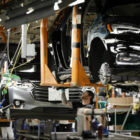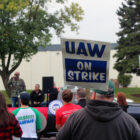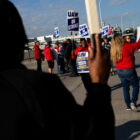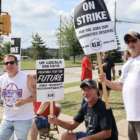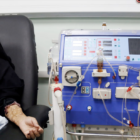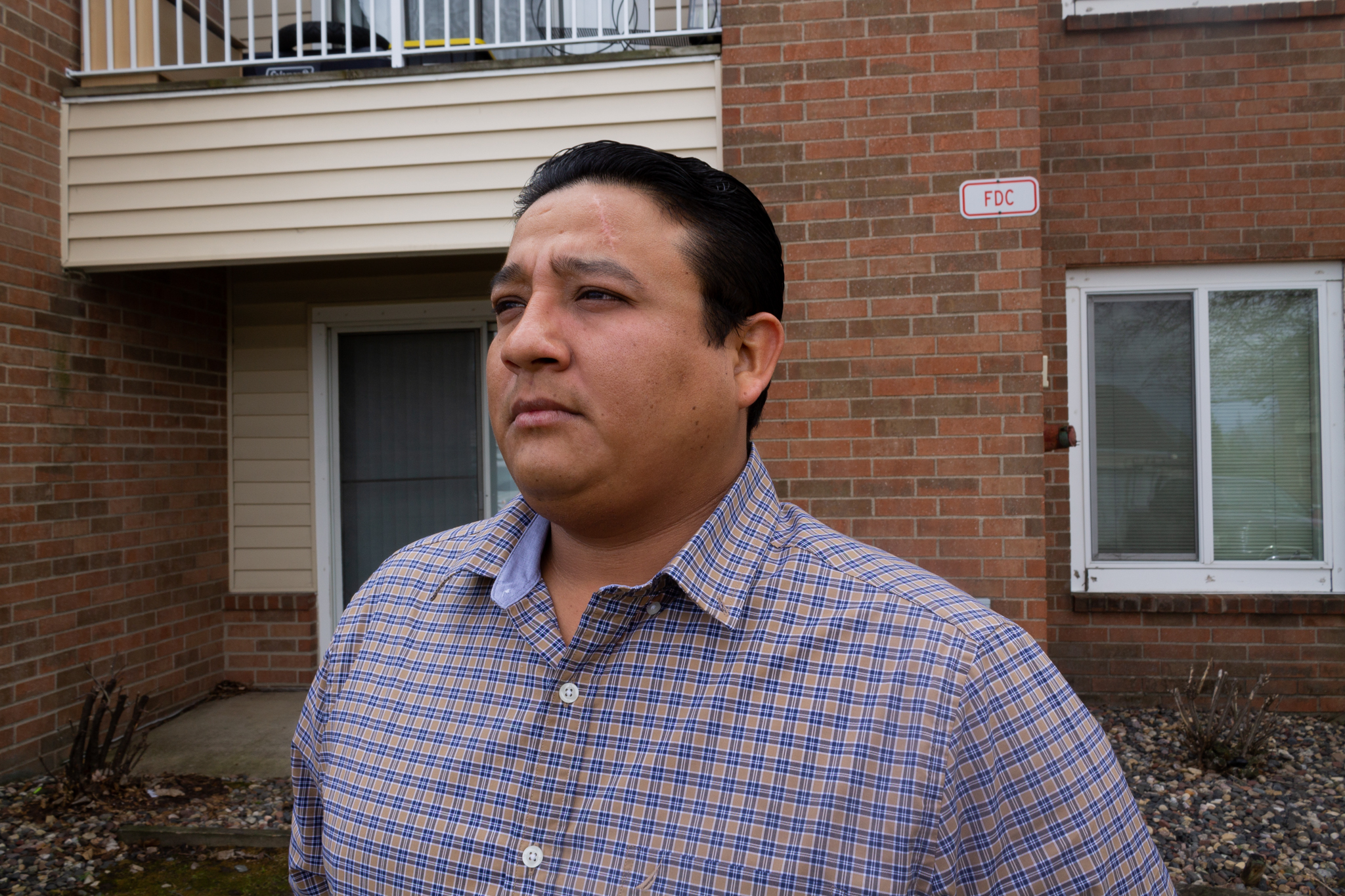Workers
“Your Body Suffers”: The Unremarkable Pain of an Auto-Assembly-Line Worker
|
This article is a joint publication of Workday Magazine and The Nation. Daniel Carpenter was one month past his 40th birthday when he suffered neck pain so severe that he thought he was having a stroke. “I was up north with my girlfriend at the time at a wedding,” said the autoworker, who has been employed for nearly 19 years at General Motors, almost all of it at the company’s Detroit-Hamtramck Assembly Center in Michigan, which produces the Hummer and Silverado. “We were staying at a cabin. I couldn’t walk.


